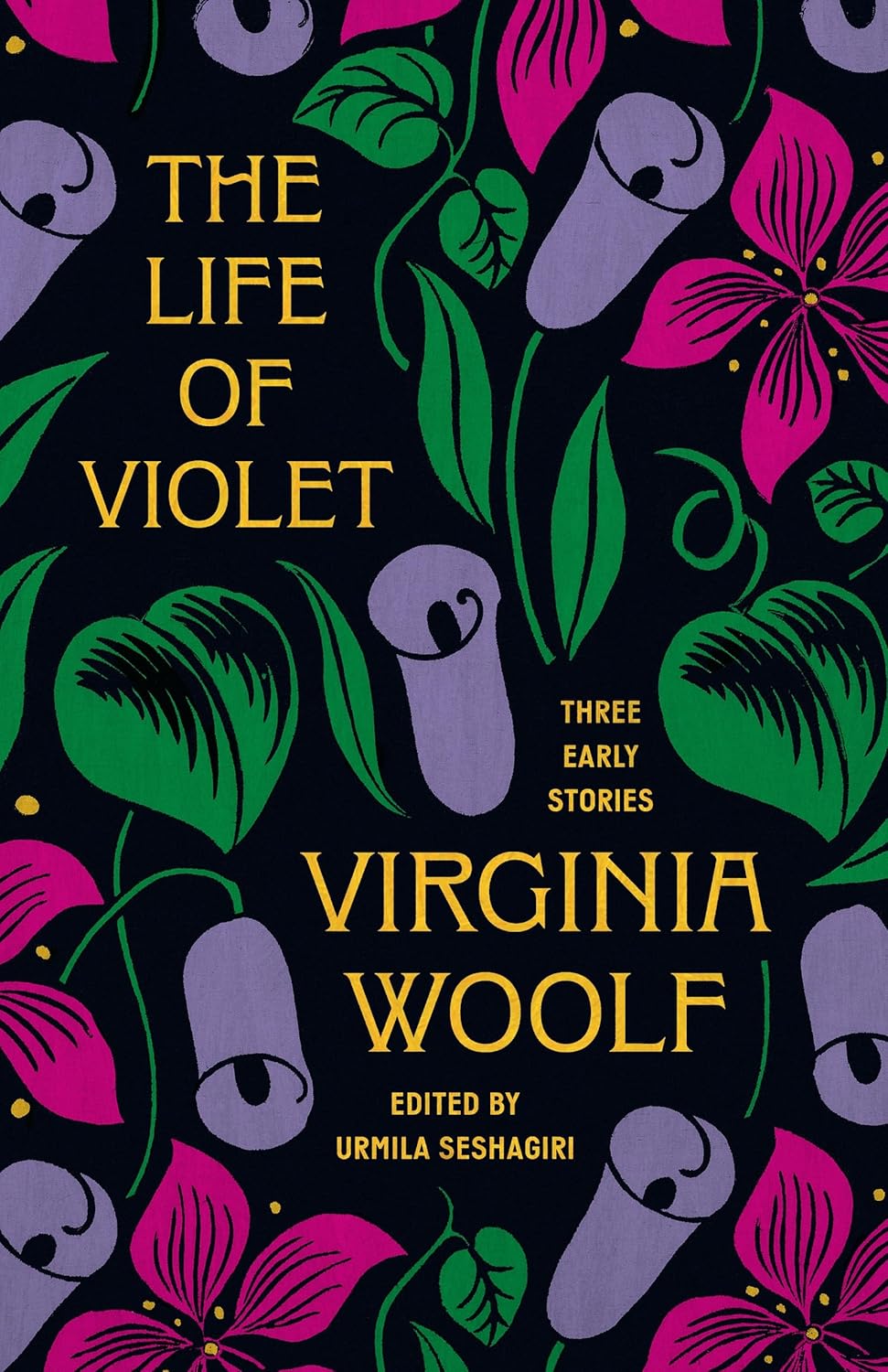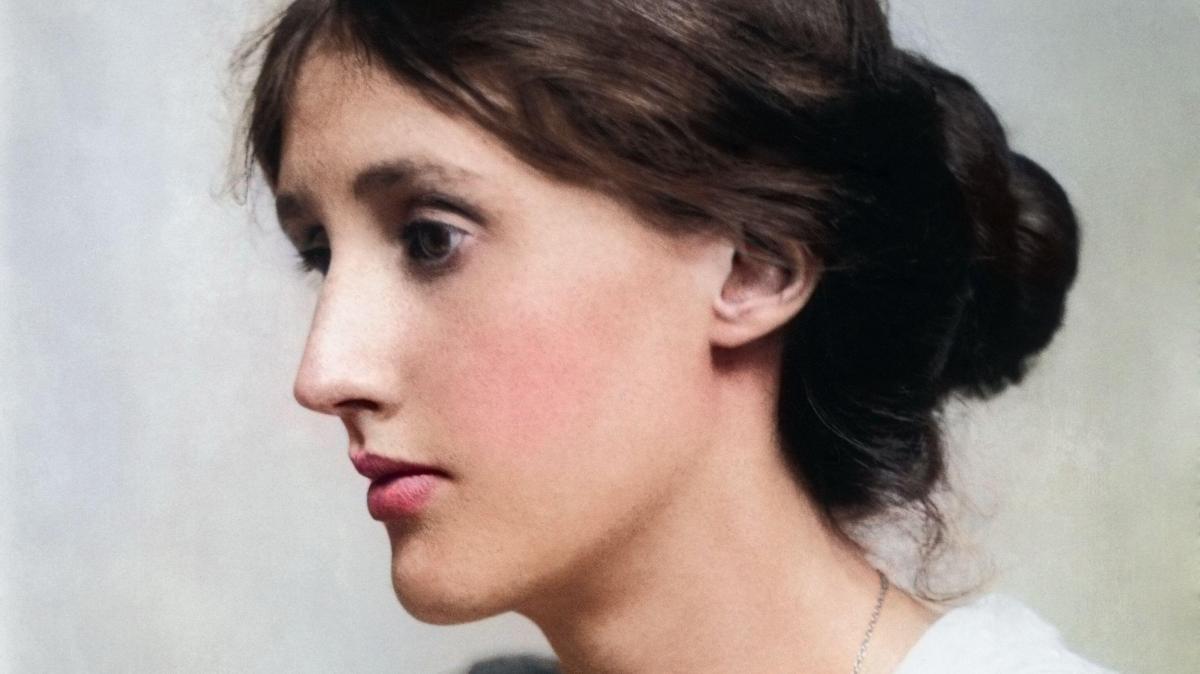More than 80 years after her death, a new book by Virginia Woolf will be published next month after the manuscript was discovered in a stately home.
Scholars say the book, a collection of three comic stories about a giantess named Violet, is the first significant literary experiment that Woolf completed, at the age of 25, eight years before the publication for her first novel, The Voyage Out.
The Life of Violet, a tribute to her friend and mentor Violet Mary Dickinson, was written in 1907 from the perspective of an inept male biographer and anticipates the feminist themes of her later masterpieces.
Professor Urmila Seshagiri stumbled across the manuscript in Longleat House in Wiltshire while researching Woolf’s memoir, A Sketch of the Past. “I followed the archivist up this magnificent wooden staircase, hung with ancestral portraits, into a reading room,” she said. “She handed me a cream-coloured box and when I lifted the lid, there was this typescript, in a saffron binding, by Virginia Woolf.”
As she read, the room seemed to “dissolve” around her: “It was magical.” Dickinson’s papers are at Longleat, the seat of the 7th Marquess of Bath, because both his great-aunts were lifelong friends of Woolf’s.
The Virginia Woolf Society of Great Britain described the discovery of the “highly significant” manuscript as a potential goldmine for scholars of the author of Mrs Dalloway and A Room of One’s Own.
The interconnected stories in The Life of Violet blend comedy, satire and fantasy, celebrating a heroine who triumphs over sea monsters and stifling social traditions alike with powers “as marvellous as her height”. Dickinson was 6ft 2in.
In one scene, Woolf’s acquaintance Kitty Maxse, the likely inspiration for the character of Clarissa Dalloway, makes a thinly disguised appearance, complaining about feeling wretched, useless and forgotten by her friends.
Elsewhere, Violet and a friend talk about how “it would be very nice … to have a cottage of one’s own”, foreshadowing Woolf’s seminal essay A Room of One’s Own.
Seshagiri thinks the book will help to counter “stubborn misconceptions” of Woolf, who died by suicide in 1941, as a “gloomy, suicidal and dark” writer. “She was a vibrant, brilliant, social person whose sense of humour radiates through these stories, and who wrote in her novels all the way through to her death with an awareness of the absurdity of life,” she said.
Previously, Woolf scholars knew only of a “quite messy” draft of the Violet stories in the New York Public Library, which were dismissed as a “peripheral” work that Woolf had dashed off, “scribbled over” and abandoned, Seshagiri said.
The Longleat typescript shows that Woolf edited, polished and finished this version, which will be published by Princeton University Press on October 7.

PRINCETON UNIVERSITY PRESS
Its discovery reveals Woolf “took the trio of stories seriously as a work of art, a piece of literature, and devoted time and creative focus to perfecting it”, said Seshagiri, who teaches English at the University of Tennessee, Knoxville. “Seeing the evidence of that labour, which was immediately apparent from the first page, was absolutely stunning.”
The Life of Violet is the longest work of fiction, with multiple chapters, that Woolf attempted at this point in her life, when she was mainly writing essays and reviews. “It jumps out as a more complex, more polished work than any other attempt at fiction,” Seshagiri said.
She added that the book showed how young Woolf was when she realised that in order to break new boundaries in fiction she would have to reimagine the terms of women’s lives. “Dickinson’s life didn’t fit into existing stories that were available for women,” she said.
Dickinson, who was 17 years older than Woolf, had been a friend of her older half-sister Stella, who died when Woolf was 15. Their mother, Julia, had died two years previously, in 1895.
When her father, Leslie, died in 1904, and Woolf attempted suicide shortly afterwards, Dickinson invited her to recuperate in her cottage in Welwyn, Hertfordshire, the setting for one of the stories in the new book. Dickinson also introduced Woolf to her first editor.
“It was Dickinson who is responsible for the beginning of Woolf’s career as a published writer,” Seshagiri said. “She received all these letters from Woolf and she saw her talent, her capacious intelligence, her vast knowledge, her comic genius. She praised Virginia to other people and was a supportive reader and mentor for this young woman who wasn’t sure, in her early twenties, she was going to be a professional writer.”
She said the book heralded Woolf’s ambitions to revolutionise fiction by upending the marriage plot, rejecting the Victorian belief that women must choose between virtue and ambition, and celebrating women’s friendships and the subversive power of laughter.
Professor Maggie Humm, vice-chair of the Virginia Woolf Society of Great Britain, said the book would change how we think about Woolf’s stories. “It shows Woolf becoming a fiction writer much earlier than perhaps other people might have realised,” she said.
Humm hopes Dickinson will receive more attention from scholars after the book is published, adding: “The stories are highly significant because they show the relationship with Violet Dickinson to have been very important to Woolf creatively, stimulating her writing.”

